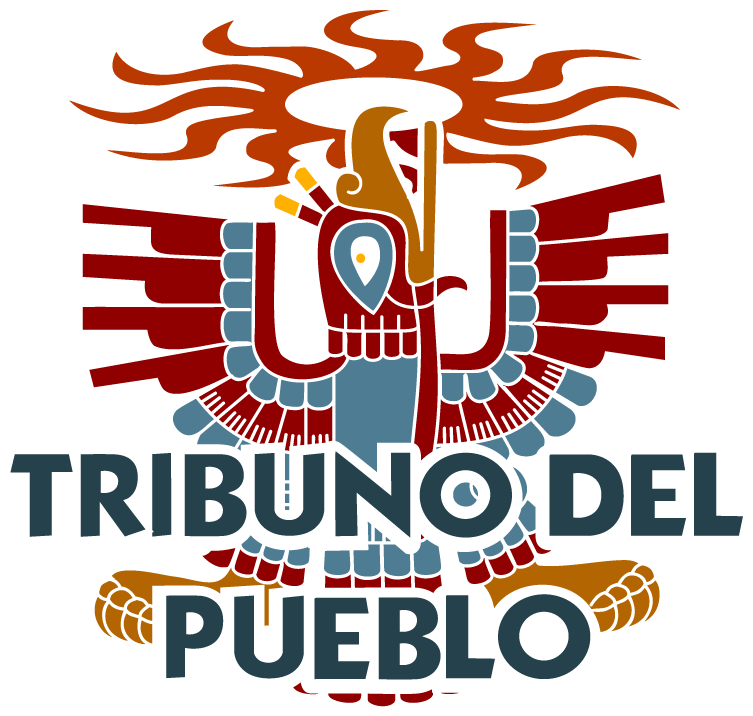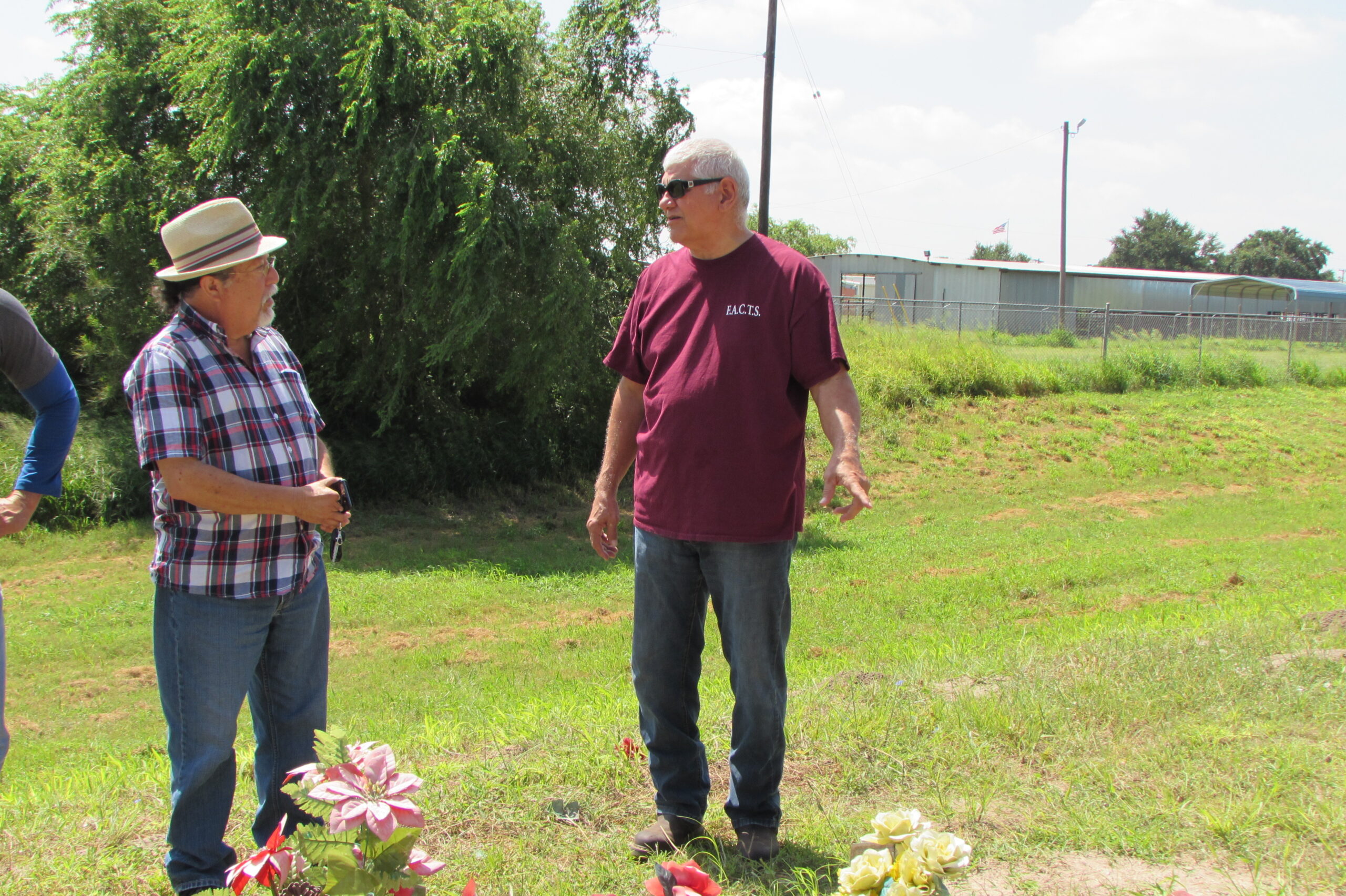When interviewing Eduardo Canales, we discussed an array of South Texas Human Rights Center initiatives; from placing containers filled with water gallons in high traffic areas, to becoming migrants families liaison in the search of their loved ones. Canales also mentioned “Before Covid, the percentages were 80 percent in detention centers [and] 20 percent missing. After Covid, it’s the opposite: 25 percent maybe had some contact with Border Patrol; the other 75 percent are missing.”
In Canales’ opinion, “Title 42 could have contributed to the increase of missing migrants, which often means an increase in human remains.”
This leads to a conversation about the current systems set in place to take custody of and identify the bodies. In Texas, there are 13 separate county medical examiner’s offices, in a state with 254 counties. Often this role is handed down to 817 elected justices of the peace (JP) who are court officials and often have little or no medical field experience.
When the South Texas Human Rights Center first opened, according Canales, “the bodies were going to a mortuary in Mission, Texas. But they were not complying with Texas law for unidentified remains. That is, medical examiners and/or justices of the peace must take a DNA sample and submit it to the proper Texas database before the body is buried. This lack of compliance leads to the exhumation of human remains throughout Texas, similar to what happened at the Sacred Heart Burial Park in 2013.” Read here.
In August 2013, Brooks County went under contract with the medical examiner’s office in Laredo, Texas.
“We had problems with the medical examiner in Laredo. She did her things her own way. Everybody had problems, everybody, not just JPs, not just the sheriff’s office, not just the Human Rights Center, Border Patrol – everybody. The staff of the medical examiner was uncooperative. It was just about racking up numbers.
“By doing autopsies, you make money. … [T] He more autopsies, the more money. The new medical examiner in Laredo charges $3,500 a day over a 30-day period. You are talking about $90,000 and, over a year, it’s between $910,000 and; $1,277,500.
“The chief medical examiner changed the identification process in 2021. It shifted to fingerprints because often due to previous deportations, fingerprints are already in the system. If fingerprints are a match to [an] existing print, the remains no longer need to be sent to a medical examiner, thus leading to a relatively fast identification process.
“Out of 119 remains found in Brooks County in 2021, at least 95 of those remains could be repatriated back to their home countries through this new process. Without fingerprints they have to deal with the medical examiner that’s been a nightmare, they still have a lot of our deceased there. The Star County judge is still violating the law by not sending the bodies for DNA sampling and submitting them to the University of North Texas.
“There is currently ongoing research about “Migrant Death Practices” in Star County with public officials involved with the recovery of skeletal remains [and] migrant bodies. In the search to improve compliance and cost, the South Texas Human Rights Center is pushing for a regional medical examiner office system in south Texas. It would cover Zapata, Star, Jim Hogg, Hidalgo, Cameron and [Brooks counties]. But everybody wants to do it on the cheap. Everything is almost privatized; the Hidalgo morgue was privatized instead of setting [up a system].”
Eddie Canales is also pushing for a state-of-the-art medical examiners program in Corpus Christi and is attempting to get a billionaire owner of Renaissance Hospital to fund it.
What is the process for finding disappeared migrants?
Through the Missing Migrant Program (MMP) the border patrol (CBP) receives a call about missing relatives and receives coordinates or last known location. CBP agents are dispatched to those locations to search for such relatives. If they are found alive, they are taken into custody; often time they will find the deceased remains. When this occurs, the body cannot be moved until [it is] pronounced dead and given a death certificate. Thus, CBP calls the local sheriff, a justice of the peace as well as a mortuary. For the identification process, CBP will sometimes send someone to take the fingerprints of the deceased. In the event that they cannot, Brooks County will call the mobile morgue to retrieve prints. If no fingerprints could be found, the bodies are sent to Texas State University to get DNA Samples. Throughout this process, JPs have to assign a name, time and cause of death. Often John/Jane Doe, the time of arrival and “Undetermined.”
To listen to the interview please go to: https://tribunodelpueblo.org/reynosa-videos-eng/
Eduardo Canales work is documented in the documentary, Missing in Brooks County (Missing in Brooks County). Migrants go missing in rural South Texas more than anywhere else in the U.S. For many families whose loved ones have disappeared aftr crossing the Mexico Border, activist Eduardo (Eddie) Canales is their last hope. Unlock the mysteries and confront the agonizing facts of life and death in Brooks County, 80 miles from the border.
El Tribuno del Pueblo brings you articles written by individuals or organizations, along with our own reporting. Bylined articles reflect the views of the authors. Unsigned articles reflect the views of the editorial board. Please credit the source when sharing: tribunodelpueblo.org. Our editorial staff is made up of volunteers and interns with a small stipend. We are a reader-supported publication. Please donate at http://tribunodelpueblo.org to keep bringing you the voices of the movement, pro-labor and pro-migrant, because no human being is illegal.



